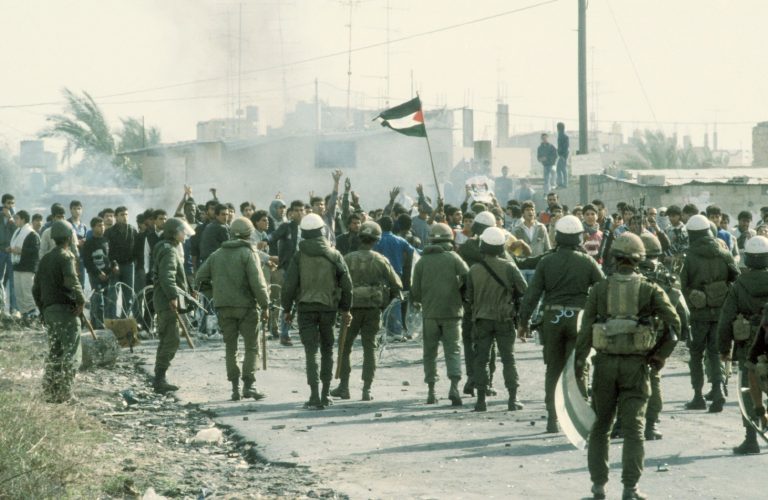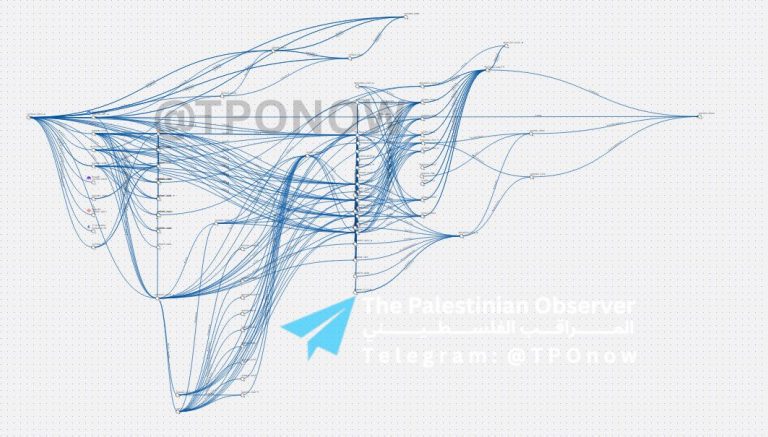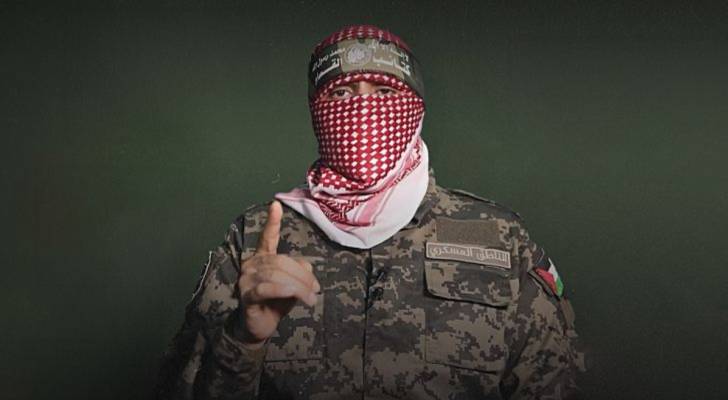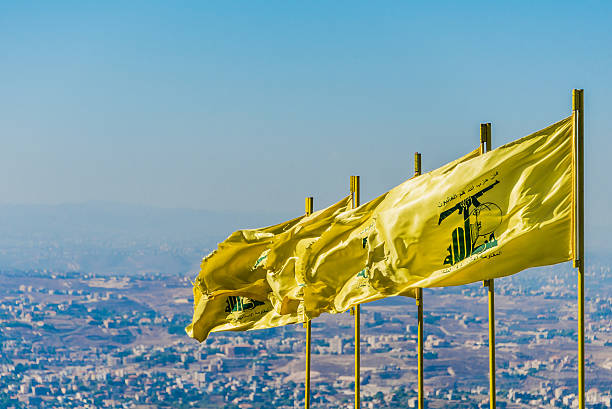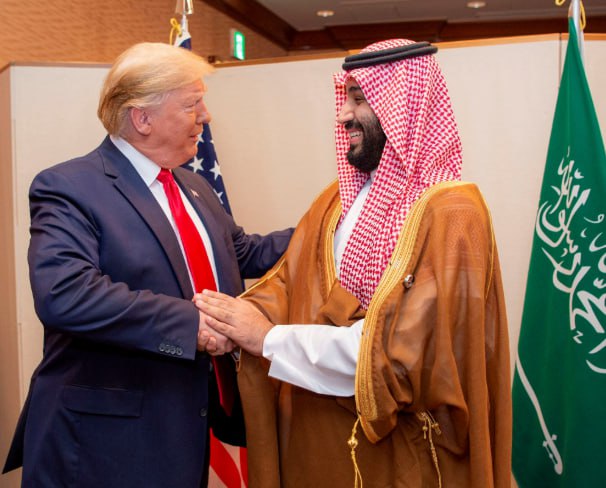
RIYADH, SAUDI ARABIA — In a high-stakes diplomatic visit brimming with symbolism and strategic intent, U.S. President Donald Trump met with Saudi Crown Prince Mohammed bin Salman (MBS) today at the historic At-Turaif World Heritage Site in Diriyah. The meeting, marked by ceremonial grandeur and flanked by a series of explosive policy announcements, underscores a dramatic realignment underway across the Middle East.
Arriving earlier in Riyadh alongside Secretary of State Marco Rubio and Defense Secretary Pete Hegseth, Trump was welcomed with full state honors at the Royal Terminal before being escorted to the Royal Court. There, the president held extensive bilateral talks with MBS, followed by a joint tour of Diriyah—a site deeply symbolic of Saudi statehood.
At the heart of the visit was the announcement of the largest U.S.-Saudi defense sales agreement in history, totaling nearly $142 billion, providing Riyadh with next-generation American military hardware, including discussions on the potential sale of F-35 fighter jets. According to White House sources, the deal also includes advanced missile defense systems, battlefield communications networks, and cybersecurity cooperation.
The defense pact was accompanied by Trump’s bombshell declaration to lift all U.S. sanctions on Syria, made publicly from Saudi territory. “It’s time to give Syria a chance,” Trump said, citing coordination with MBS in arriving at the decision. The move marks a profound policy reversal and signals the possible reintegration of Syria into a new U.S.-Gulf-led regional axis.
Compounding the significance of the visit was a leaked Israeli media report claiming that Iran had proposed a joint uranium enrichment facility on its territory with Saudi Arabia—a move viewed with alarm in Tel Aviv and underscoring the nuclear stakes underpinning Trump’s Middle East tour.
According to Israeli Channel 12, the proposal emerged during the early rounds of nuclear talks between Tehran and Washington, with Riyadh reportedly included as a trust-building measure. The Trump administration’s stance on the matter remains opaque, though his Riyadh statements reaffirmed a zero-tolerance policy toward Iran’s nuclear ambitions.
Meanwhile, Syrian President Ahmed al-Sharaa arrived in Riyadh ahead of a scheduled meeting with Trump, further signaling that Syria’s diplomatic isolation may be ending. Trump’s normalization push has drawn criticism from some U.S. lawmakers but has found enthusiastic support among Gulf leaders seeking to consolidate regional influence amid waning U.S. strategic patience.
Takeaway
The Trump-MBS meeting in Diriyah marks a pivotal moment in Middle East geopolitics. From record-breaking arms deals and Syrian rapprochement to potential nuclear realignments involving Iran and Saudi Arabia, the visit reflects a recalibrated U.S. approach anchored in transactional diplomacy and rapid regional restructuring. The fallout—especially regarding Israel’s regional posture and Iranian nuclear calculations—will be closely watched in the weeks ahead.
